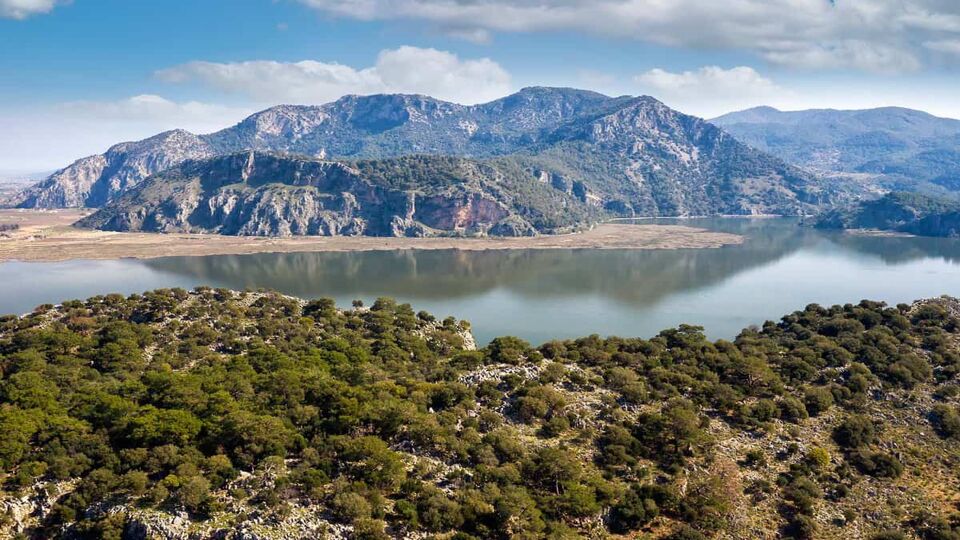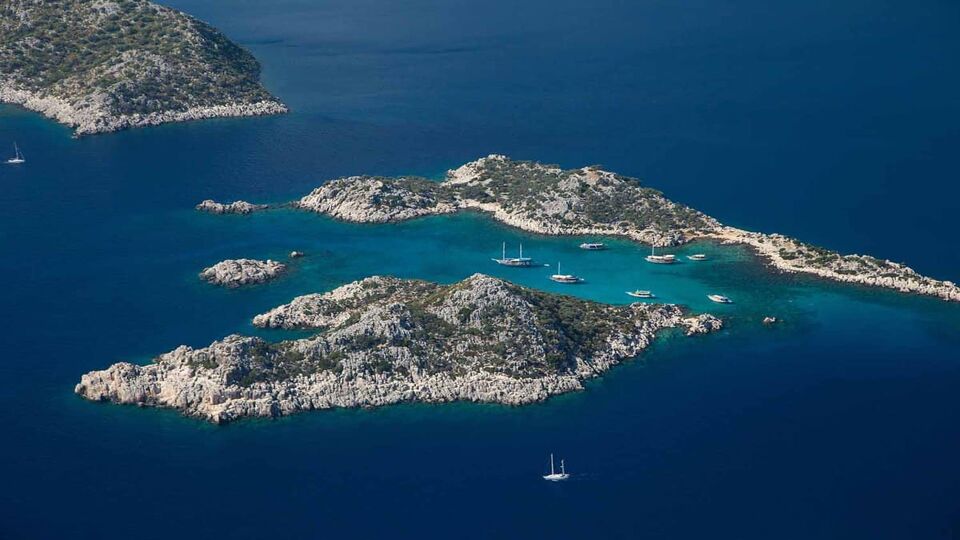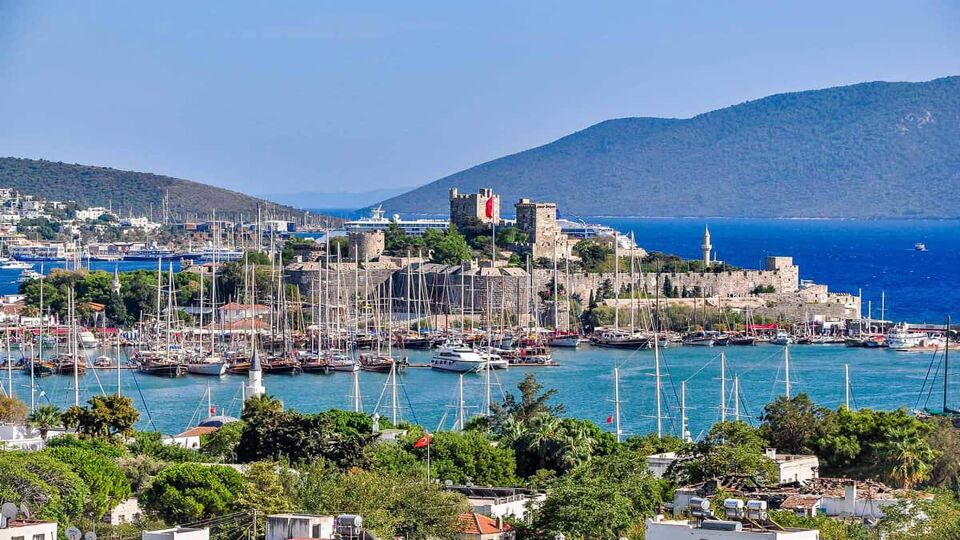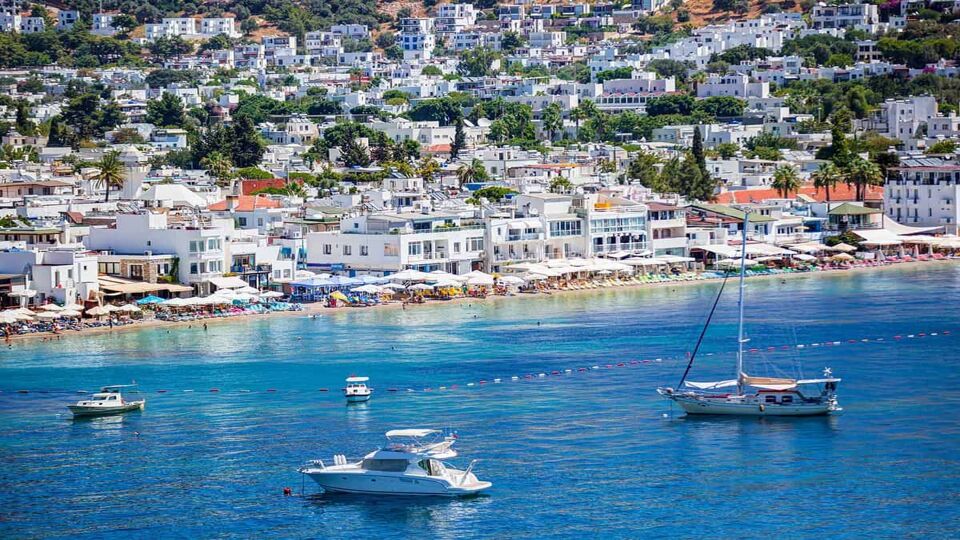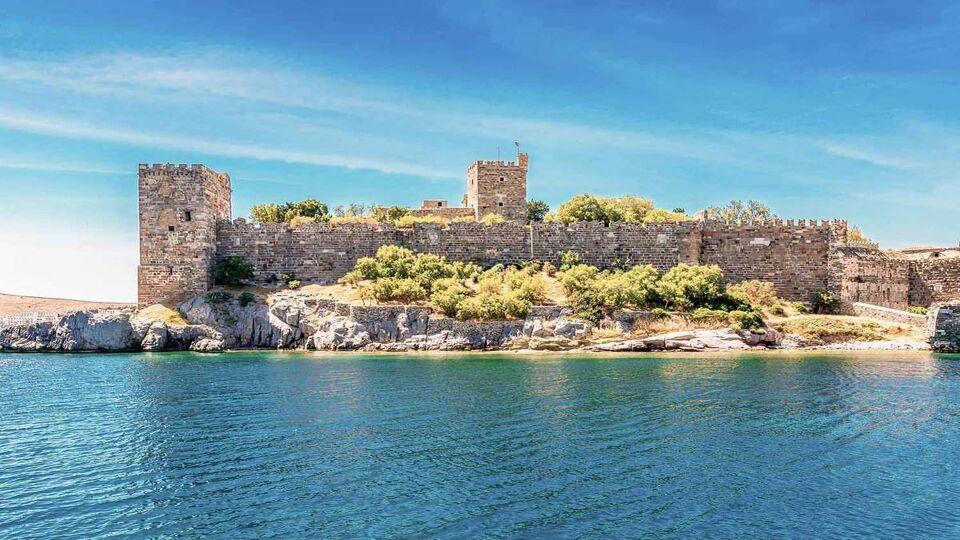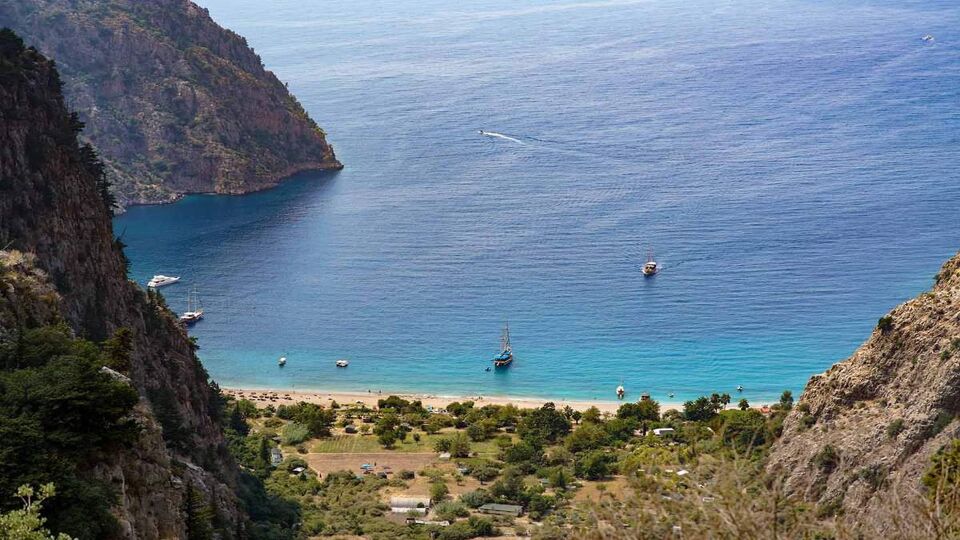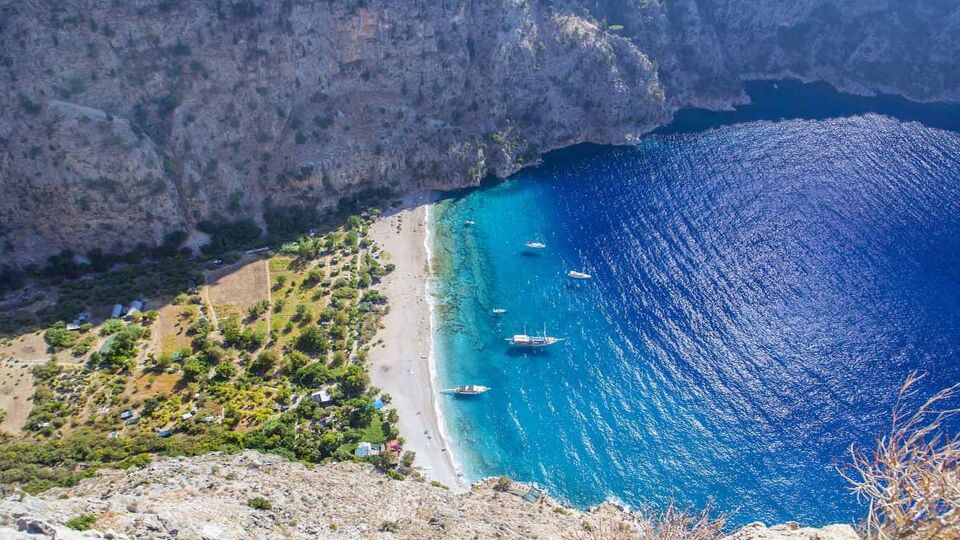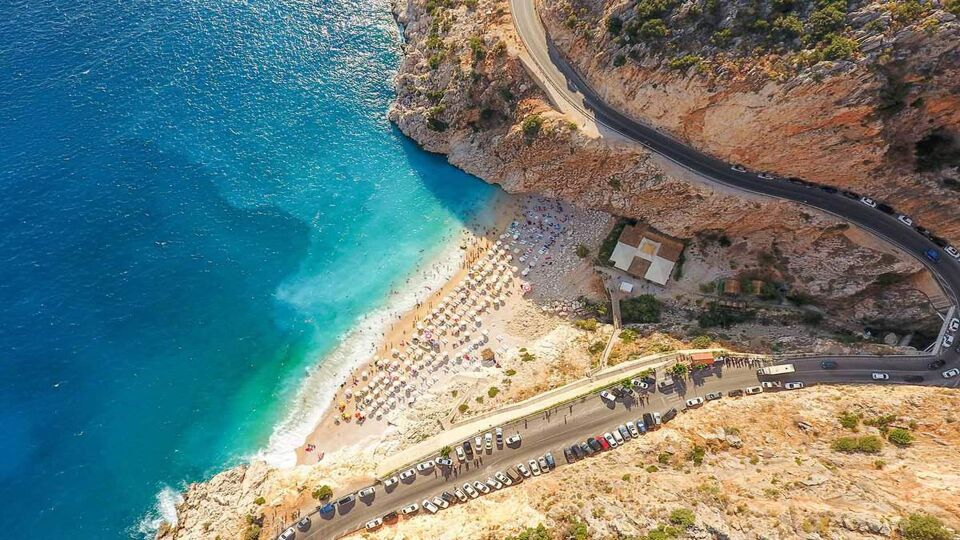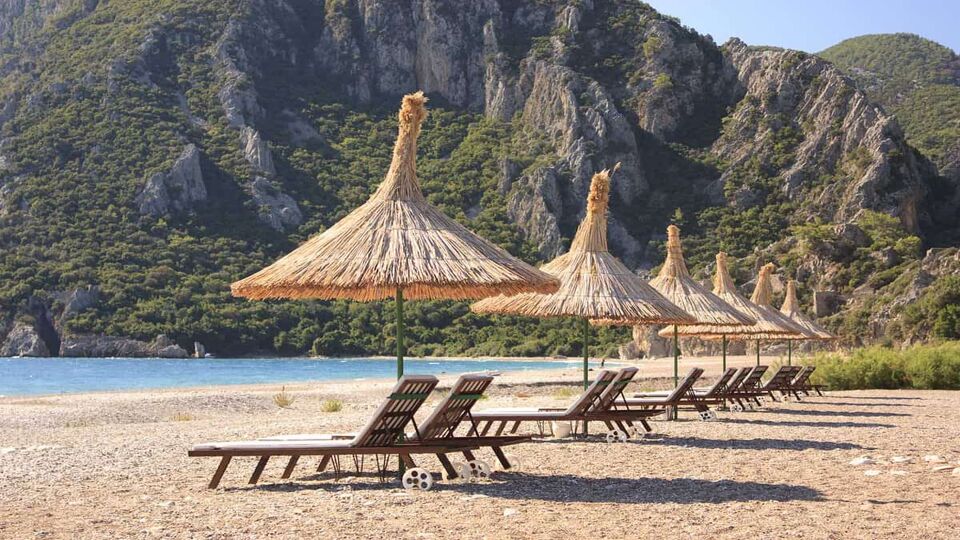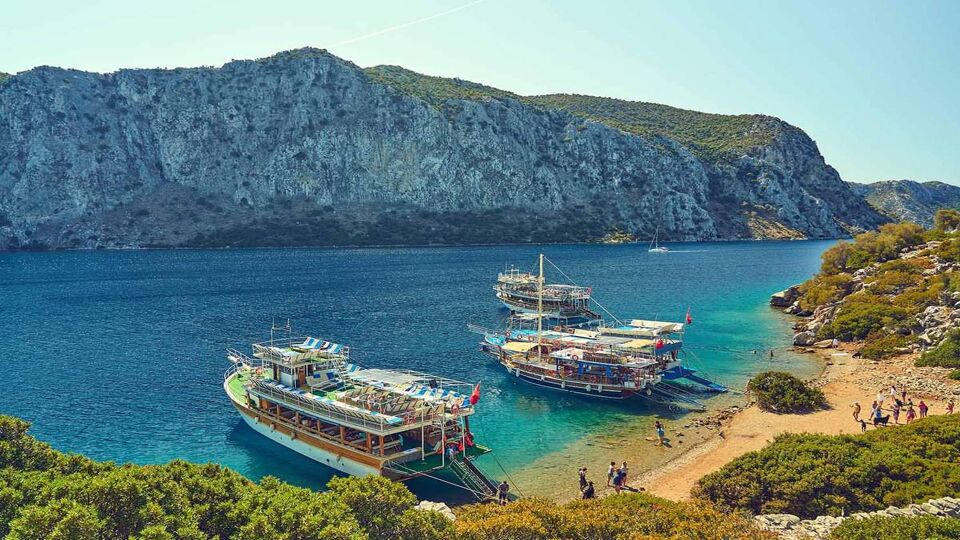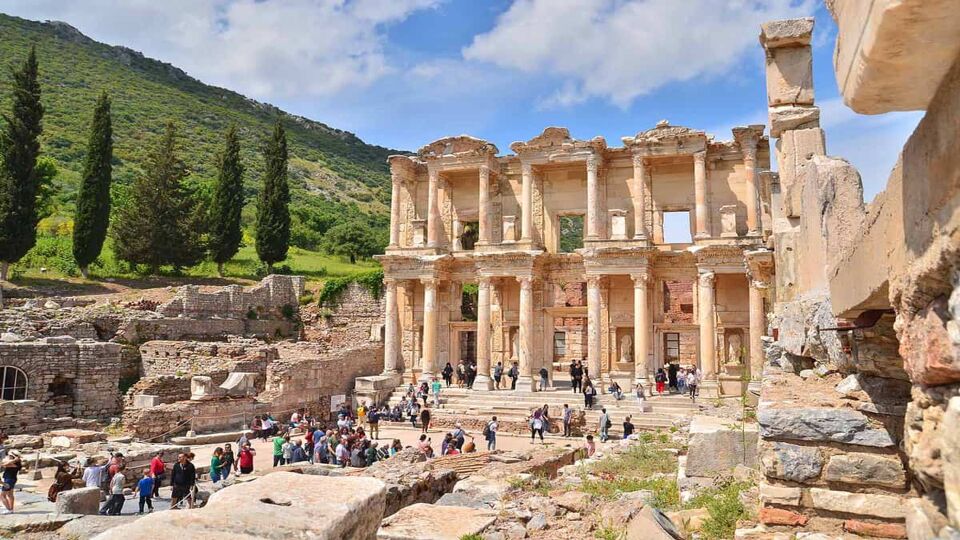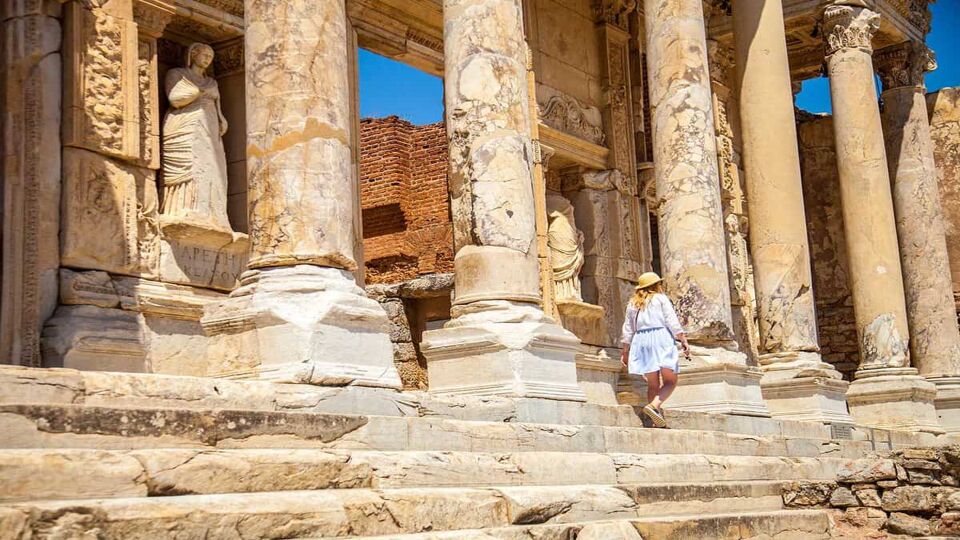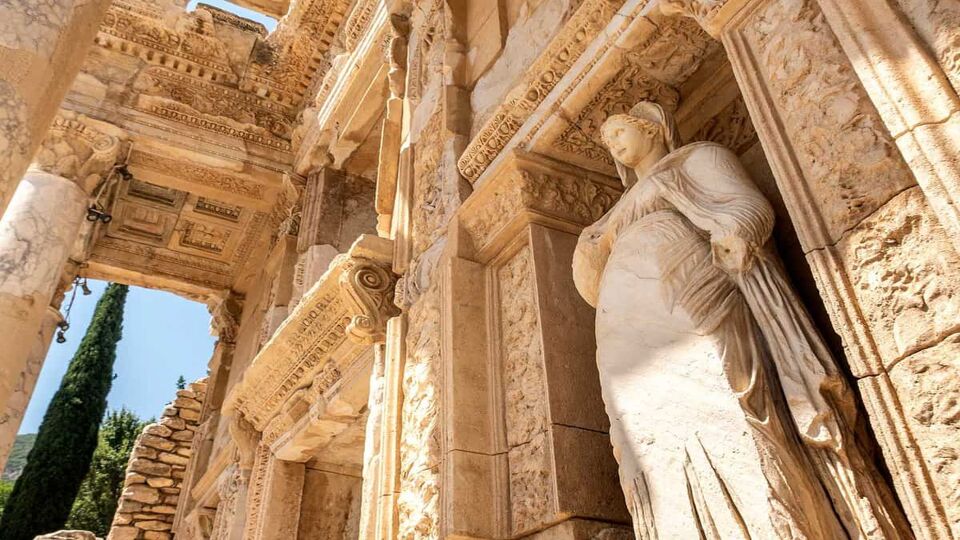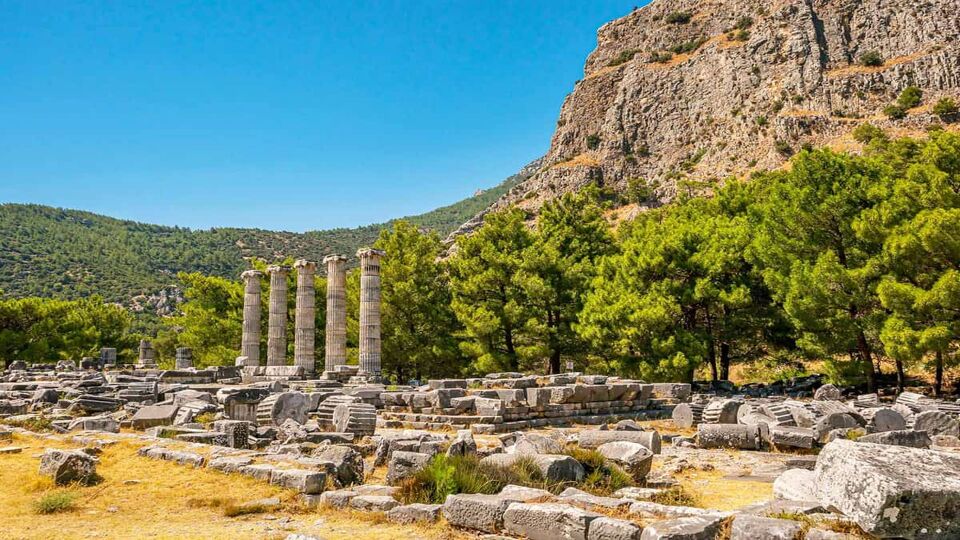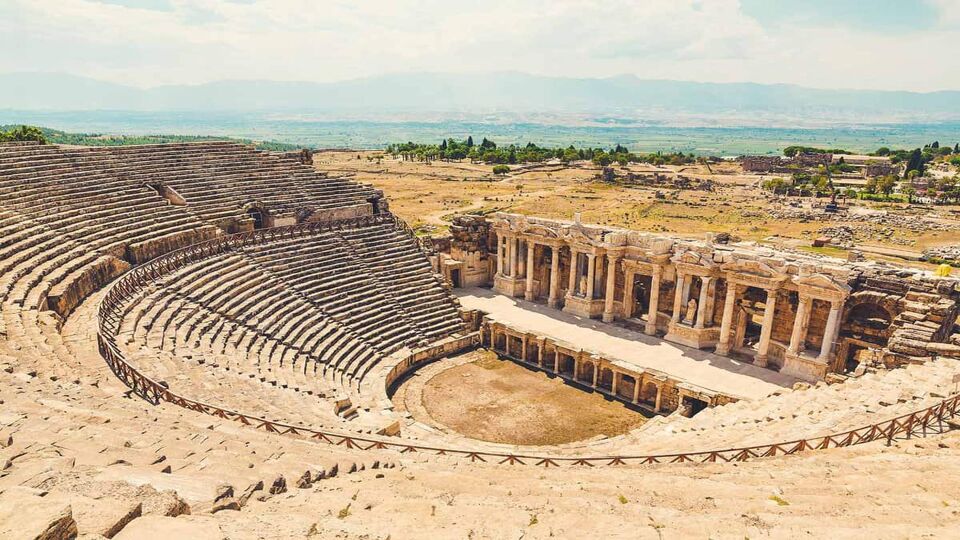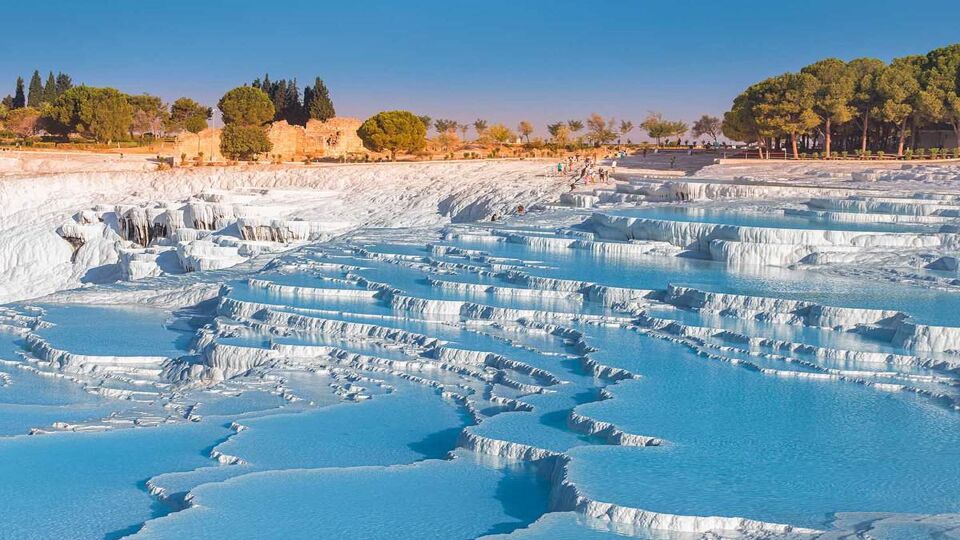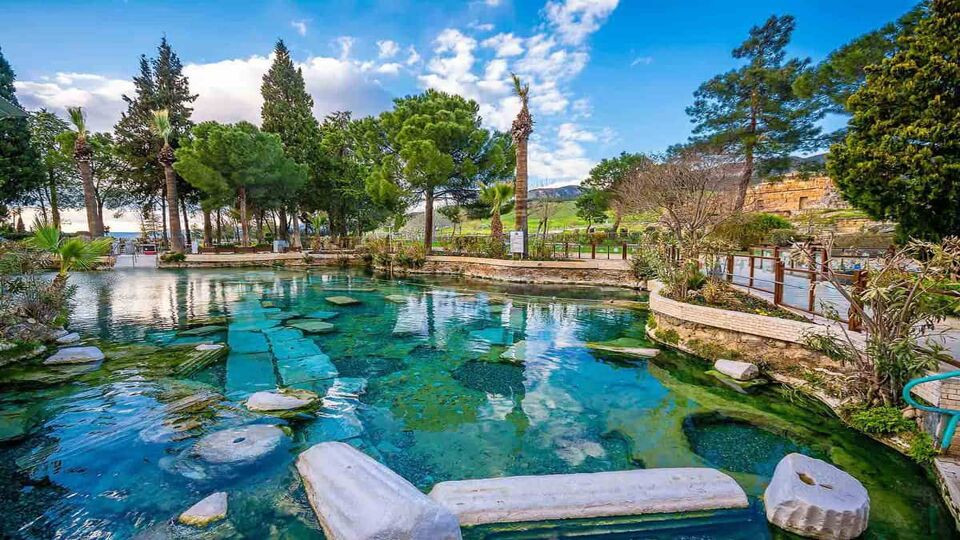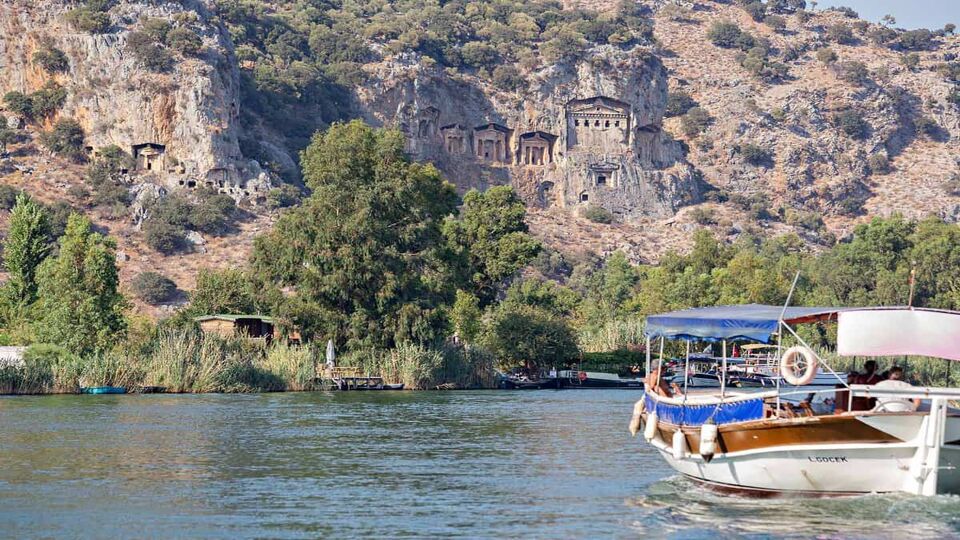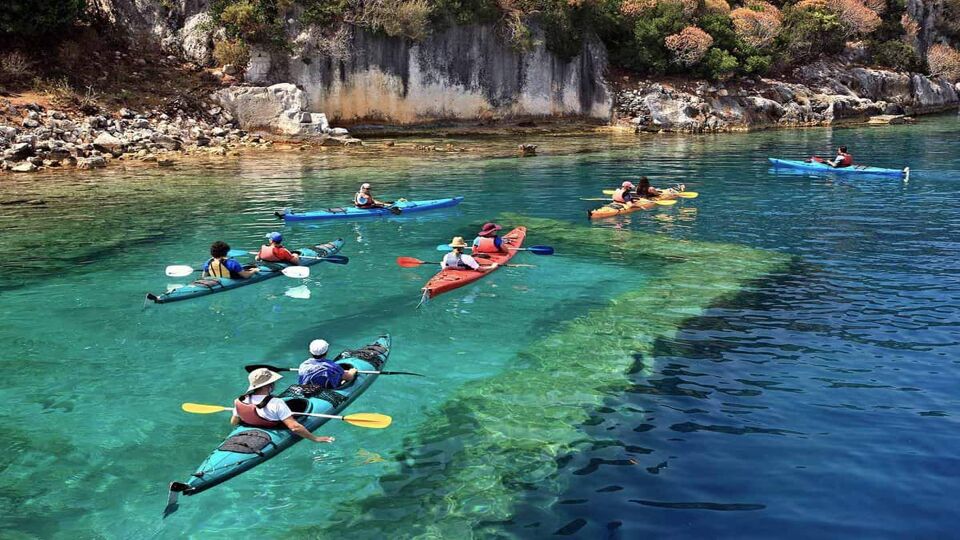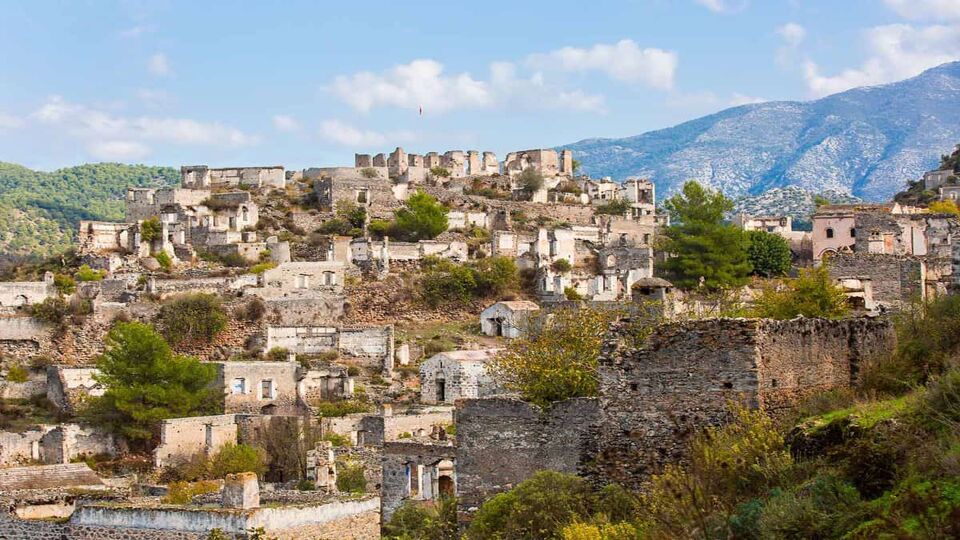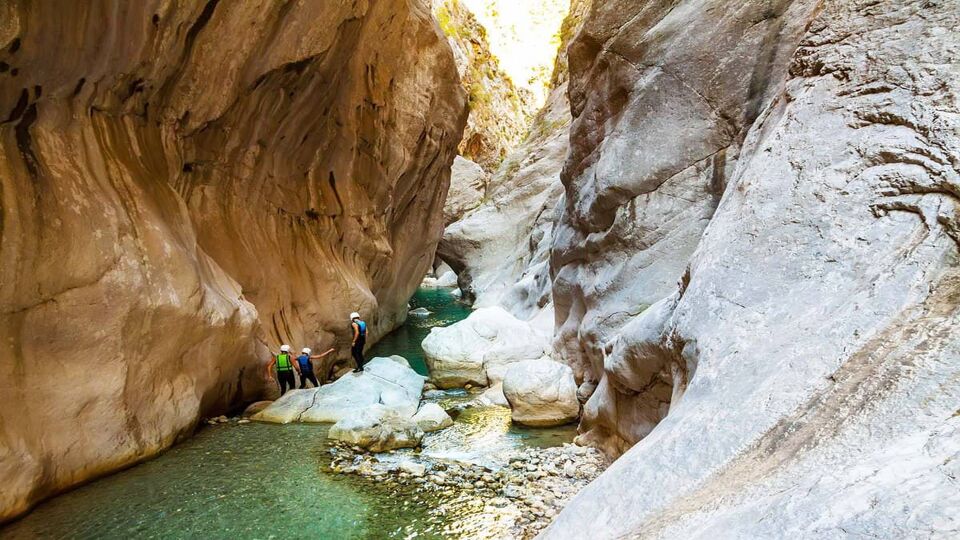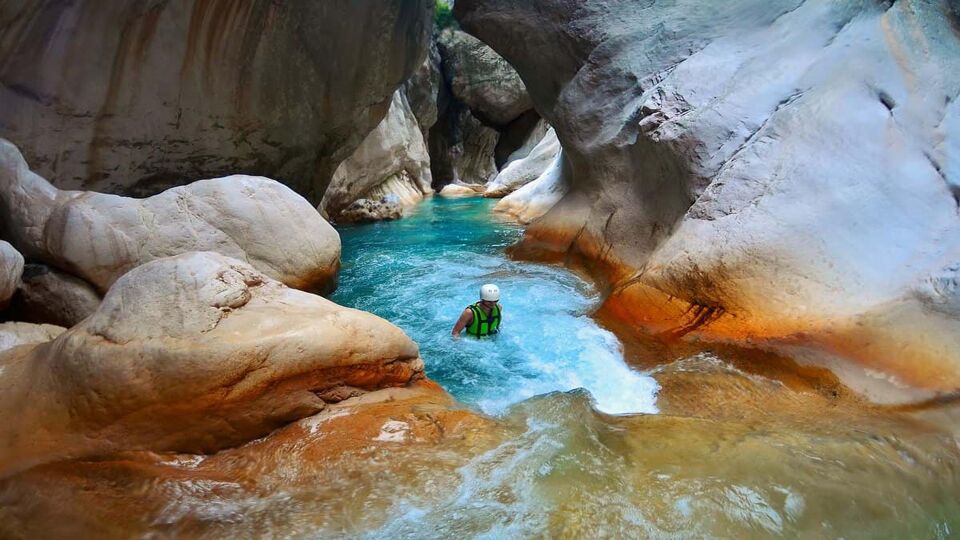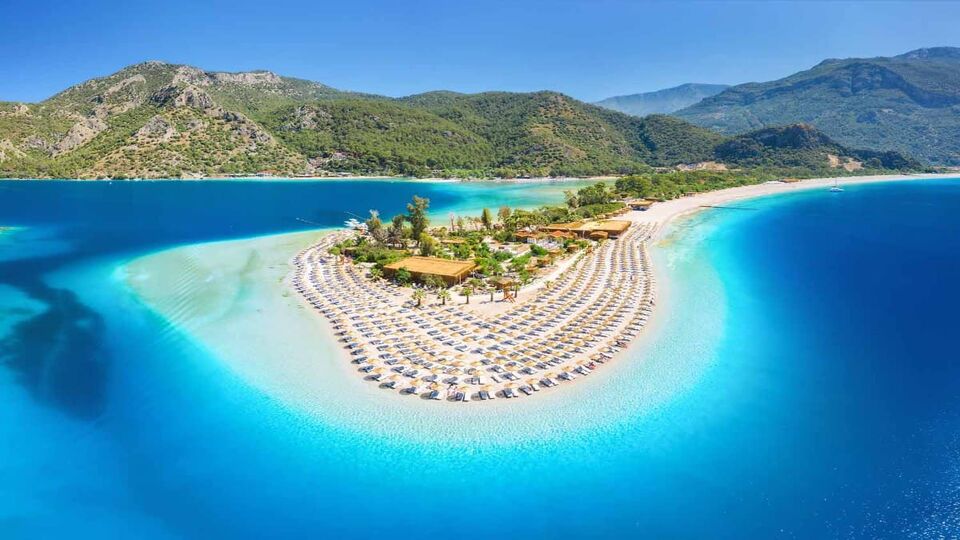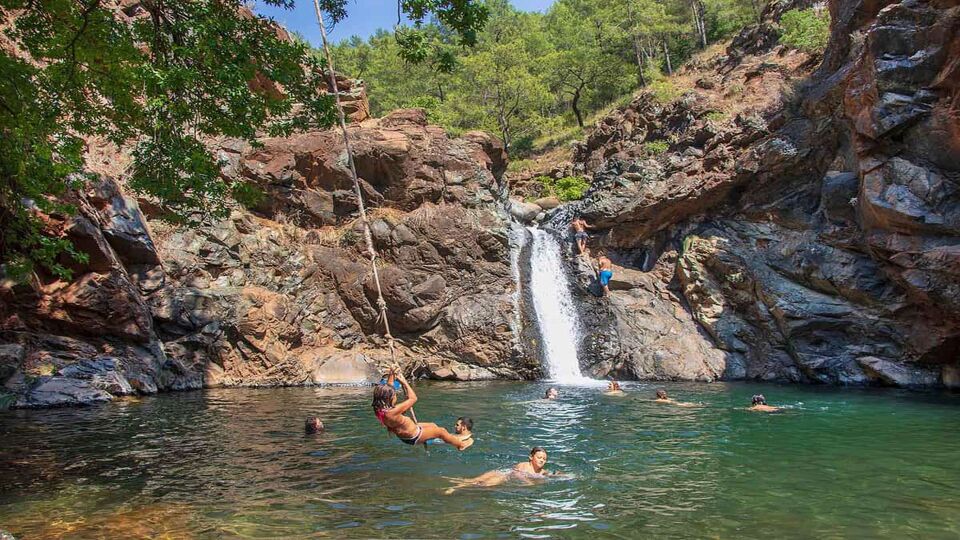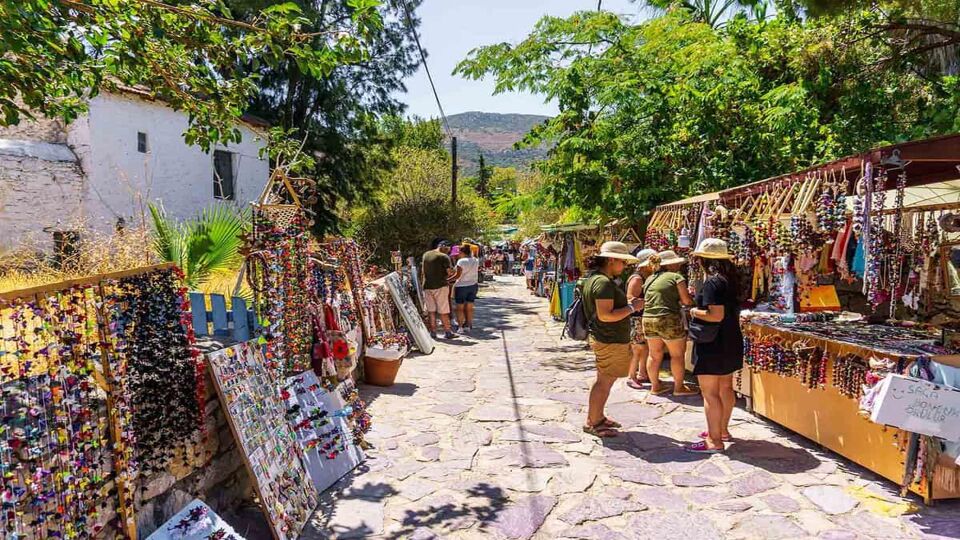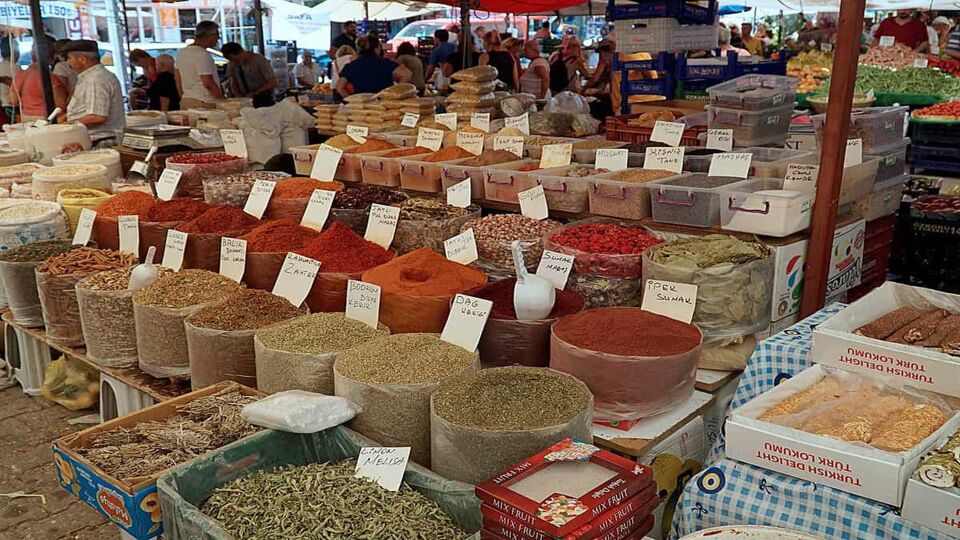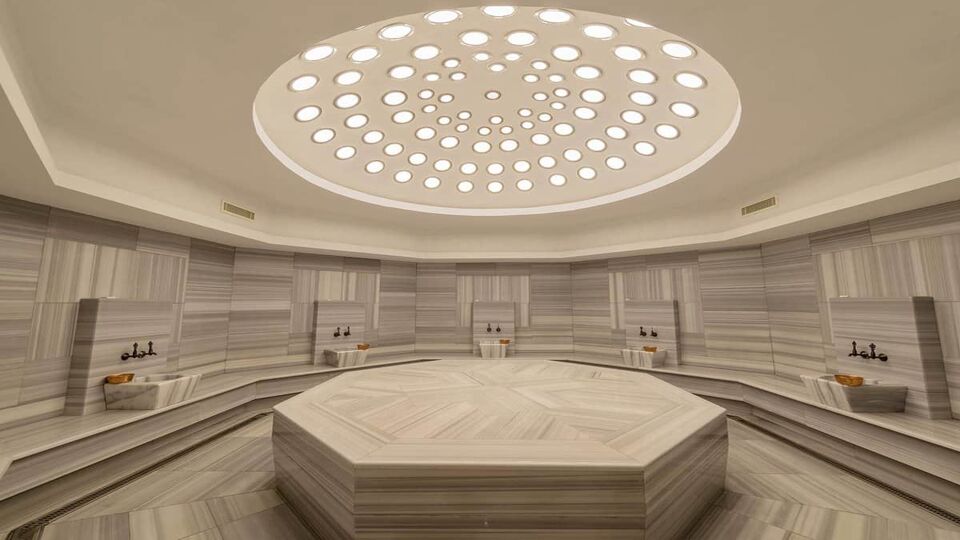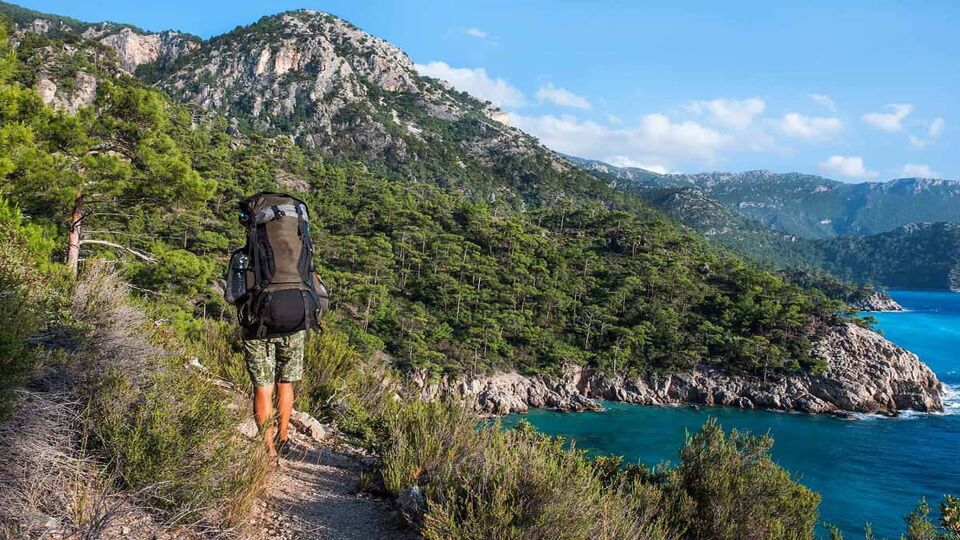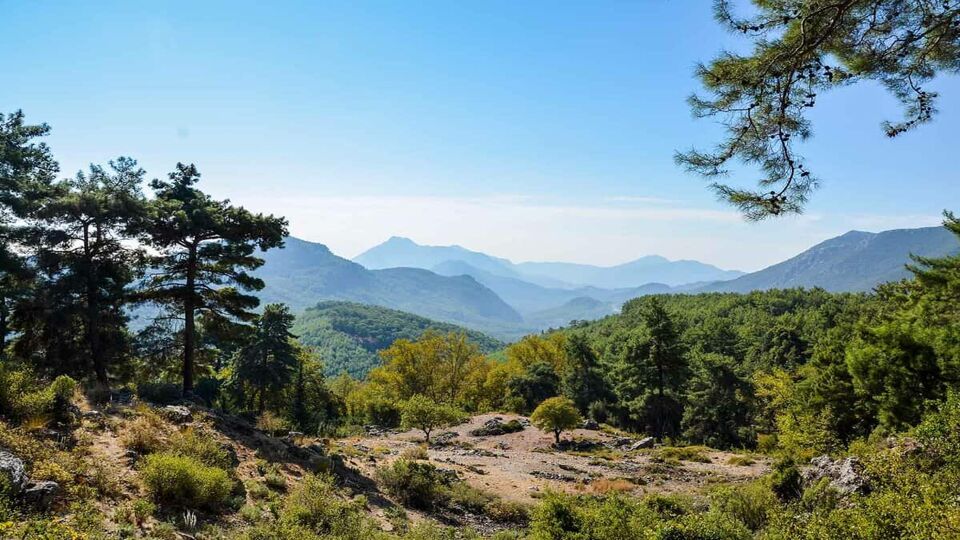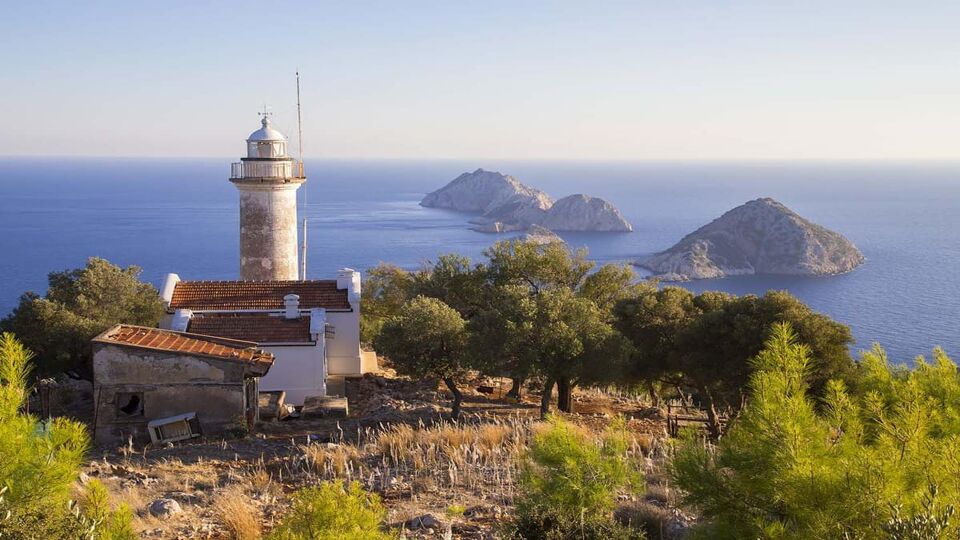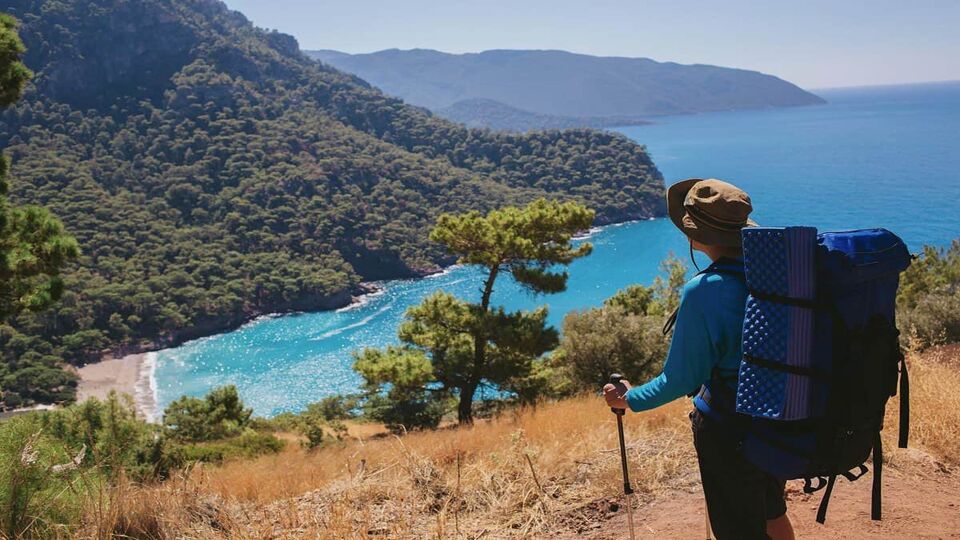
Bucket list destination:
Turquoise Coast
Turquoise Coast, Turkey
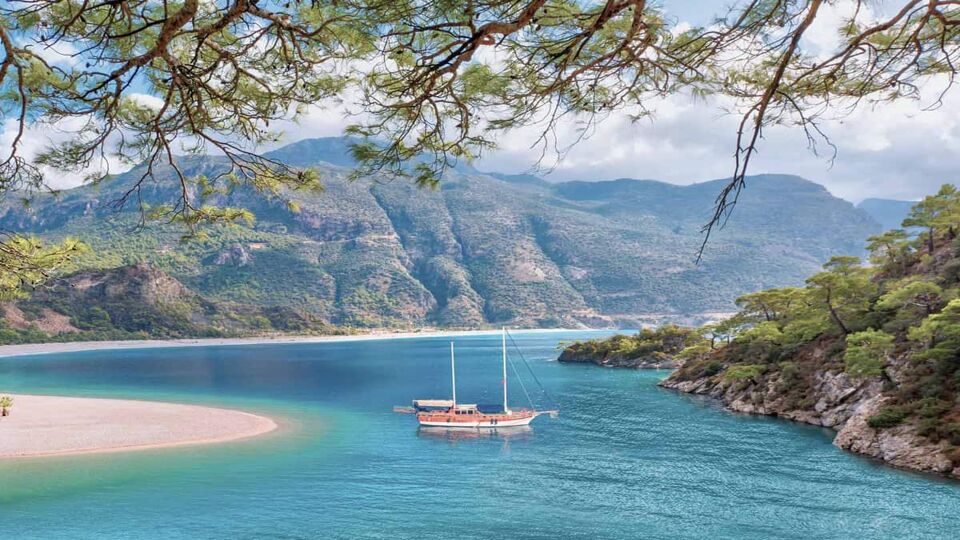
Turkey’s holiday heartland is a swathe of mountain-backed coastline blessed with spectacular beaches, verdant uplands and a profusion of classical ruins, not to mention world-renowned cuisine.
Good roads and public transport make it easy to range widely and independently across this beautiful area, one perfectly suited to outdoor activities ranging from trail walking to canyoning, paragliding to kayaking.
From busy resorts like Bodrum to somnolent seaside paradises like Kekova, there’s something for beach lovers, culture vultures, outdoor enthusiasts and young families alike.
Orientation
This deeply indented coastline at Turkey’s south-west corner stretches from Izmir in the west to Antalya in the east. The coast is long enough to include a diverse mix of cities, country towns and unspoilt fishing villages along with extensive swathes of traditional rural Turkey. Impressive mountains ideal for walkers, canyoners and ruin buffs alike rise from the coastal plain.
Bodrum
Famous for its elegant Crusader castle and buzzy nightlife, Bodrum is packed with waterfront hotels and resorts. For something quieter, the adjacent pensinula is fringed with smaller resorts that are some of Turkey’s most stylish; Golturkbuku, Yalikavak and Gumusluk are all lovely places to stay, with good links to central Bodrum (around half an hour by minibus/taxi).
Dalyan
A charming river town, Dalyan may not offer five-star accommodation, but it has a charming, rustic feel, Lycian rock tombs, mud baths and boat trips up and down river. A good base for white-water rafting on the Dalyan river and visiting nearby Gocek, a small, upscale sailing-focused resort.
Fethiye (& Oludeniz)
A buzzy working town with a glorious coastline, staying in Fethiye is ideal for visiting the world-famous Oludeniz beach and lagoon, the ghost village of Kaya and some of the ancient Lycian sites. Oludeniz itself is packed with hotels, but it is a big, massmarket resort and far less authentic than Fethiye.
Kas & Kalkan
These two old Greek fishing villages have both seen serious development in the last decade, both have an excellent range of accommodation, from luxurious to authentic guesthouses. Kalkan specialises in rooftop bars and restaurants, with Patara and Kaputas beaches both within 15-minutes’ drive. Kas is ideal for an activity-focused break, with canyoning, white-water rafting and canoeing at Kekova all nearby.
Datca
Tucked away at the end of a long peninsula, Datca remains a more Turkish than English resort, giving it a properly authentic feel. Stay here for ancient Lycian sites, dreamy boat trips and excellent walking.
Travel advice
When to go
The main visitor season is May to October, with most foreigners avoiding July and August, when Turkish visitors are in abundance. May to June and September to October, cooler but largely dry, are perfect.
April and November can bring rain but there are also long spells of lovely weather; these are great times of year to experience a quieter Turkey, especially in all-season urban centres like Bodrum and Fethiye.
Some visitors, especially those more interested in ruins than beaches, even swear by the winter months when temperatures can still make it into the 20°Cs.
Getting there and away
The region’s four international airports – Izmir, Bodrum, Dalaman, Antalya – are all well served by taxis and public transport – and many hotels offer or include transfers. Long-distance buses and local dolmus minibuses regularly ply the coast road and serve all the main tourist destinations.
Getting around
Roads are excellent and car rental cheap, though watch out for bad driving, for some precipitous coastal stretches, and Turkey’s zero tolerance for drunk driving.
A regular and efficient public transport network makes it easy to get around. Plush coaches make the longer journeys, small minibuses – dolmus – run between every town and village. In smaller places, you can simply hail them to get on, and shout dur! (stop) when you want to get off.
Hitching is perfectly acceptable off the beaten track, but be advised that you’re expected to make a small contribution to fuel costs.
Where to stay
Some of Turkey’s coast has suffered from rampant development, but there are still plenty of smaller resorts that offer authentic charm. Dalyan, Patara and Cirali all have wonderful beaches, which have remained unspoilt due to being hatching grounds for loggerhead turtles. None of these resorts offer luxury accommodation, but there are some good, family-run boutique hotels and pensions.
Bodrum is a large, busy city; there are plenty of excellent hotels within walking distance of all the main sites, but the adjacent peninsula is a better choice if you just want to dip in and out. Yalikavak, Gumusluk and Torba all offer a quieter experience, with regular minibuses and plentiful taxis running between the peninsula and the city.
For beach-lovers, Oludeniz is the big draw, but it has become a mainstream resort; staying in Fethiye – a bustling market town with a gorgeous coastline – gives a more authentic experience, and it’s an easy dolmus-hop over the mountain to the beach. Patara’s 22km stretch of sand is equally lovely and far more unspoilt, but accommodation options are all fairly simple.
Kalkan is one of the most sophisticated resorts on the Turquoise Coast, with chic boutique hotels and rooftop jazz bars.
Kusadasi, Marmaris, Kemer and Ovacik are mass-market tourist resorts which may not suit those intent on an authentic encounter with Turkey.
Where to eat or drink
Those looking for a party week should head to Bodrum, where the old town’s bar street pulsates every night with crowds of drinkers. On a much smaller scale, Kas also has excellent bars in its old town.
Foodies swear by the small resort of Akyaka, famed for its riverside fish restaurants, and Kalkan, where dozens of rooftops have been converted into stylish restaurants.
Where to shop
The region is famed for ‘Tuesday’ markets in towns including Bodrum, Fethiye and Milas, where everything from local produce to ‘genuine fake’ Breitling watches are on offer. Bartering is all part of the fun – aim for about 60-70% of the original asking price.
Bodrum’s covered market area is good for upmarket artisanal products like silver jewellery and hand-made sandals.
For international brands head to Bodrum’s Karada Marina and to the Oasis Mall on the road to Gumbet, or to Turkbuku.

